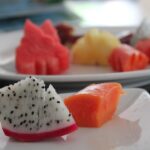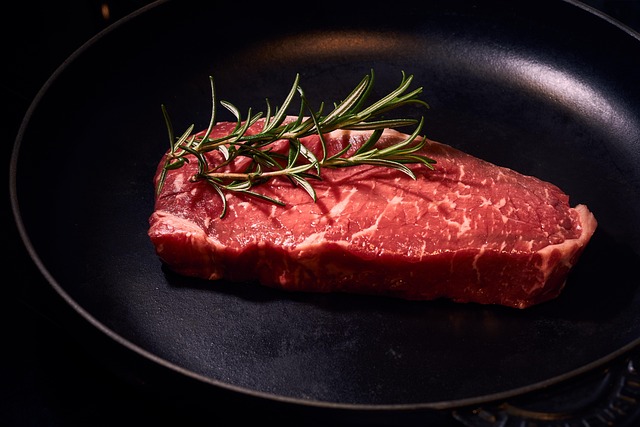Understanding meat doneness is fundamental to culinary mastery, whether you’re a home cook perfecting weekend steaks or a professional chef commanding a busy kitchen. The art of achieving precise doneness levels transforms simple cuts of meat into extraordinary dining experiences, but it requires knowledge of temperatures, timing, and technique that many cooks struggle to master.
The Science Behind Doneness
Meat doneness isn’t just about personal preference – it’s a complex interplay of protein coagulation, moisture retention, and flavor development. As meat cooks, proteins denature and coagulate at specific temperatures, changing both texture and appearance. Myoglobin, the protein responsible for meat’s red color, undergoes chemical changes that create the visual cues we associate with different doneness levels.
Understanding these scientific principles helps explain why a medium-rare steak feels tender and juicy while a well-done steak becomes firm and drier. Each doneness level represents a specific point in this protein transformation process, making temperature control crucial for consistent results.
Blue Rare (115°F / 46°C)
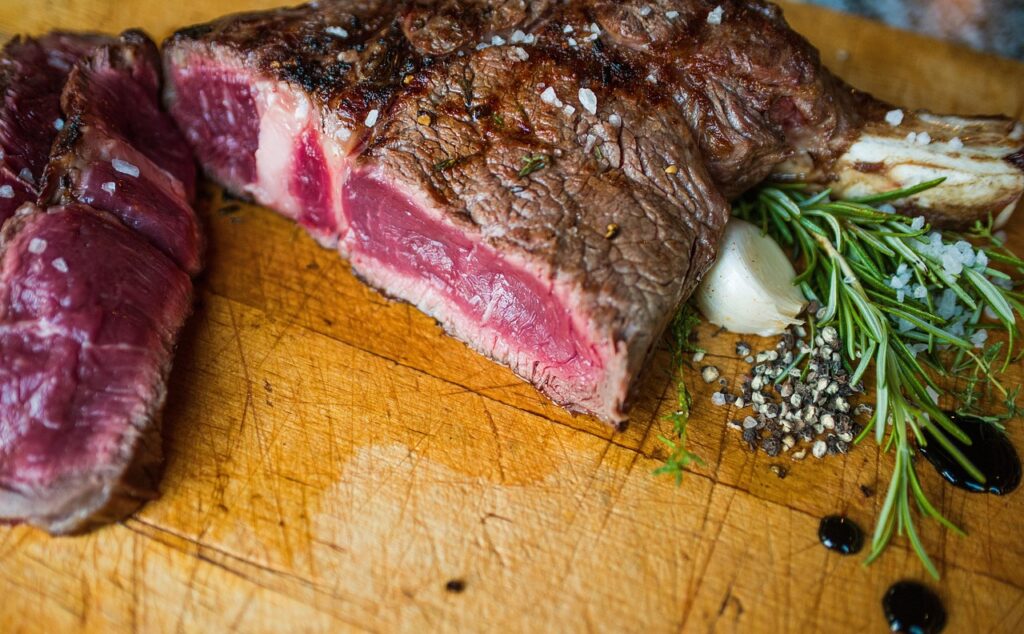
Blue rare represents the most minimal cooking possible while still searing the exterior. The meat’s center remains completely raw and cool, with only the outermost layer showing any signs of cooking. This level requires exceptional meat quality and absolute freshness, as the interior never reaches temperatures that eliminate potential pathogens.
The texture remains extremely soft and almost spongy, with maximum juice retention. Blue rare appeals to adventurous diners who appreciate the pure, unadulterated flavor of premium beef. Achieving this level requires high-heat searing for just 1-2 minutes per side, creating the essential Maillard reaction on the surface while leaving the interior untouched.
Rare (120-125°F / 49-52°C)

Rare cooking produces a warm red center with a thin band of cooked meat around the edges. The interior temperature rises just enough to begin protein denaturation while maintaining maximum moisture and tenderness. This level showcases the meat’s natural flavors without overwhelming them through excessive cooking.
The texture remains very tender with abundant juices flowing when cut. Rare steaks require approximately 2-3 minutes per side over high heat, depending on thickness. This doneness level works exceptionally well with high-quality cuts like ribeye, strip steak, or filet mignon, where the meat’s inherent quality shines through minimal cooking.
Medium Rare (130-135°F / 54-57°C)
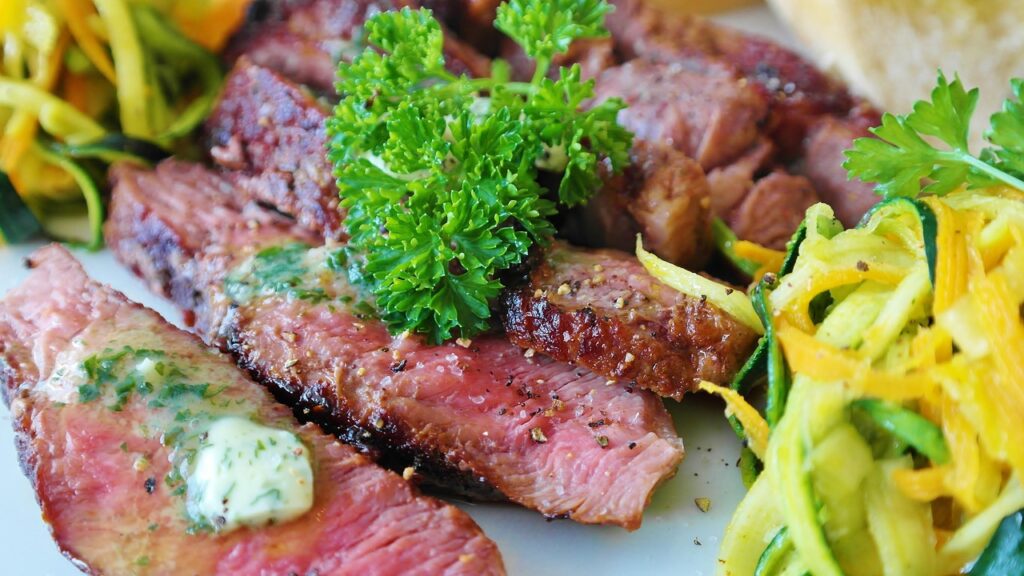
Medium rare represents the gold standard for steak doneness among culinary professionals and serious meat enthusiasts. This level achieves the optimal balance between cooked exterior and tender, pink interior. The center displays a warm pink color with slightly firmer texture than rare while retaining excellent juiciness.
This doneness level allows the meat’s flavors to develop more fully while maintaining tenderness. The cooking process typically requires 3-4 minutes per side, allowing heat to penetrate deeper while avoiding overcooking. Medium rare works beautifully with virtually all premium cuts and provides the versatility that appeals to the broadest range of diners.
Medium (135-145°F / 57-63°C)
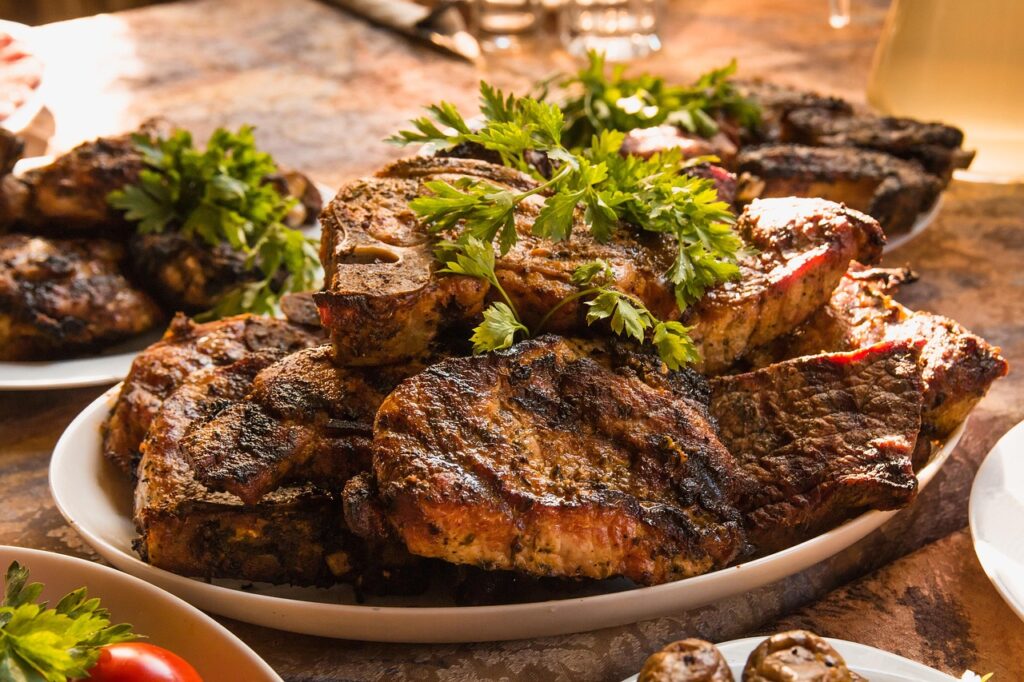
Medium doneness produces a light pink center with more pronounced browning throughout. The texture becomes noticeably firmer while still retaining reasonable juiciness. This level requires careful attention to prevent crossing into medium-well territory, where moisture loss accelerates rapidly.
Cooking times extend to 4-5 minutes per side, allowing heat to penetrate more thoroughly. Medium works well for diners who prefer less pink in their meat while still enjoying some tenderness. Thicker cuts benefit from this doneness level, as the extended cooking time ensures even heat distribution throughout.
Medium Well (145-155°F / 63-68°C)

Medium well shows only a slight hint of pink in the very center, with the majority of the meat displaying brown coloration. The texture becomes considerably firmer, and juice retention decreases noticeably. This level requires 5-6 minutes per side and careful temperature monitoring to avoid complete overcooking.
Many chefs consider medium well the upper limit for maintaining acceptable texture and flavor in premium cuts. Beyond this point, the meat’s quality becomes less relevant as extended cooking masks many of the subtle characteristics that distinguish different grades and cuts.
Well Done (155°F+ / 68°C+)
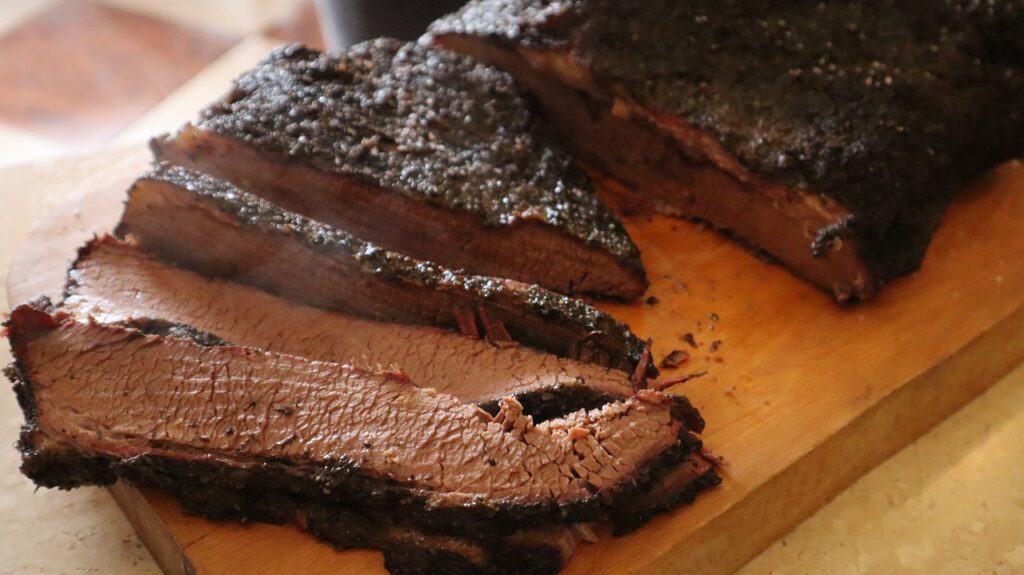
Well done meat shows no pink coloration anywhere, with uniform brown color throughout. The texture becomes quite firm and dry, as extended cooking drives out most natural moisture. Achieving palatable well-done meat requires specific techniques like lower cooking temperatures and longer cooking times to prevent complete moisture loss.
Well done typically requires 6-8 minutes per side or longer, depending on thickness. While many culinary professionals discourage well-done preparation for premium cuts, some diners prefer this level for personal or cultural reasons.
Professional Techniques for Perfect Doneness
Achieving consistent doneness requires proper technique beyond simple timing. Professional chefs rely on instant-read thermometers for accuracy, but also develop the ability to judge doneness through touch. The meat’s firmness changes predictably with temperature, allowing experienced cooks to assess doneness by pressing the surface gently.
Resting meat after cooking is crucial for all doneness levels. This allows juices to redistribute throughout the meat and temperatures to equalize, preventing overcooking and ensuring optimal texture. Resting times typically range from 5-10 minutes depending on the cut’s size.
Temperature Control and Safety
Food safety considerations vary with doneness levels. While rare and medium-rare preparations are generally safe for whole muscle cuts from reputable sources, ground meat requires cooking to higher temperatures due to increased surface area and potential contamination. Understanding these safety principles helps make informed decisions about appropriate doneness levels for different preparations.
Mastering meat doneness elevates cooking from guesswork to precision, ensuring consistent results that match diners’ preferences while maximizing the meat’s inherent qualities.

